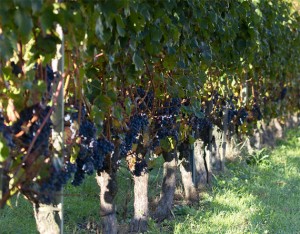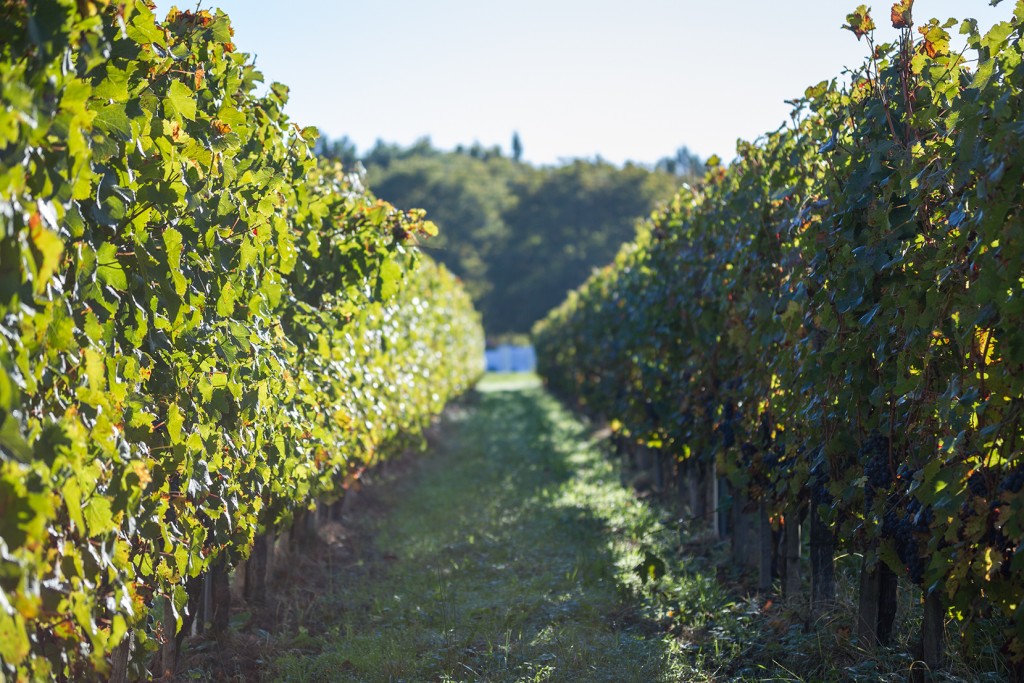TERROIR
In Cars, the vines are planted on sunlit and well ventilated hills whose soil composition is clay and limestone. This offers structure and delicacy to the wines.
At the highest point of the vineyard, close to the bell-tower of the village, the pure red gravel soil is ideal for growing blooming bunches of Merlot Noir and Sauvignon Blanc grapes. Lower down in the vineyard is a ground named ‘Gruppe’ by the locals. It is composed of a mixture of limestone and filtering ground, conditions which favour Cabernet Sauvignons grapes.
Beside the wine storehouse, lies the best soil. This is called ‘Baties’ and is made up of pure clay settled on a calcareous underground. This allows retaining water during a dry season.
Thanks to the pretty limestone hills at ‘La Haute Sauvetat’, the estate has been classified as a Premier Cru Bourgeois Superieur Blayais-Bourgeais in the 19th century.
The soft landscape of the estate promotes a natural flow of water which improves the quality of the soil. The deep roots of the vines are able to reach the rocks below and utilise the soil at its full potential.
It is the very diversity of the soils of Château Petit Boyer which brings both the force and refinement to its red wines and elegance yet subtlety to its white wines.
The vineyards of Château Petit Boyer are witnesses of the History, some of its vines are over 50 years old. These vines are exclusively devoted to the creation of the highest wines range. The average age of the vineyard is about 25 years old.


